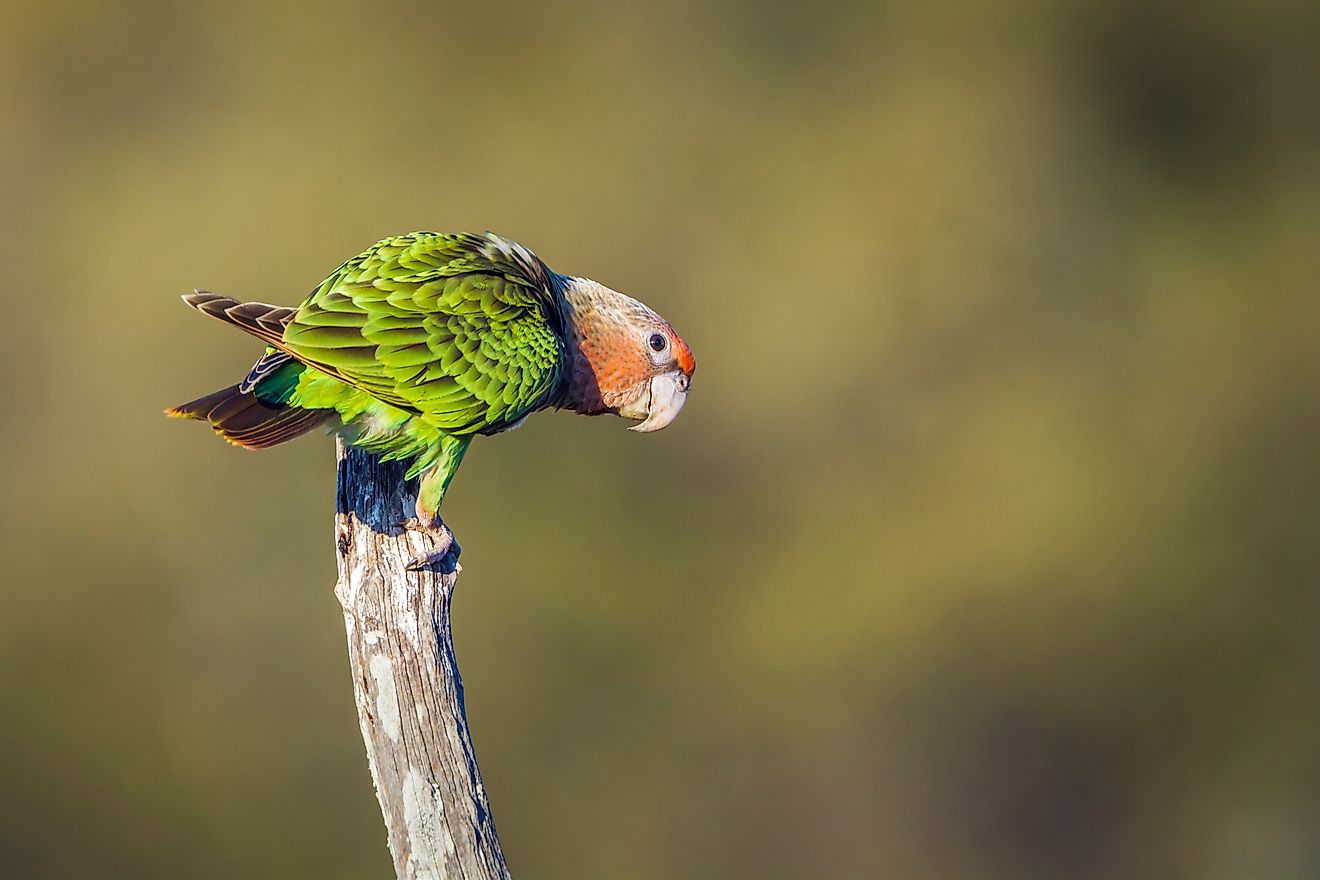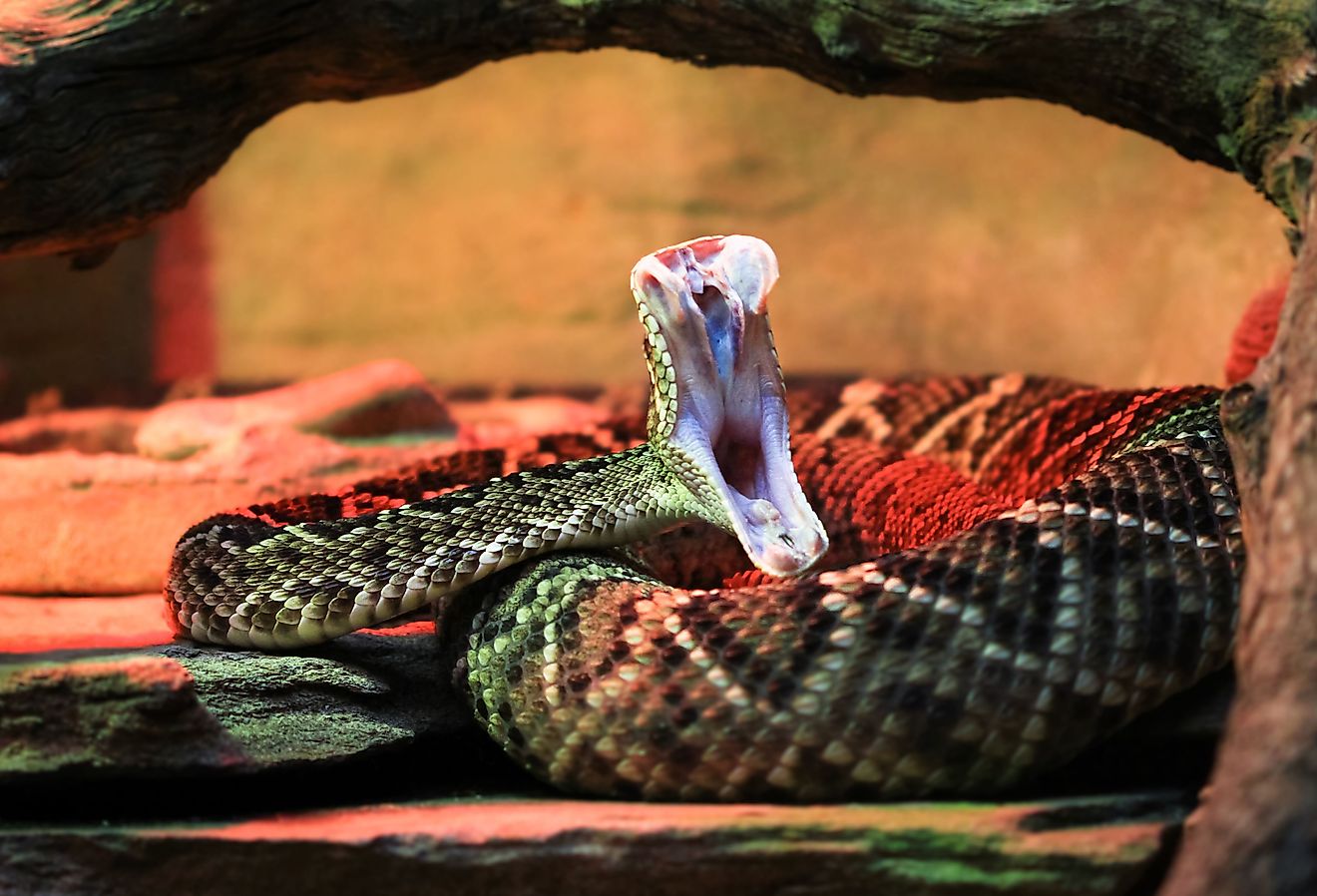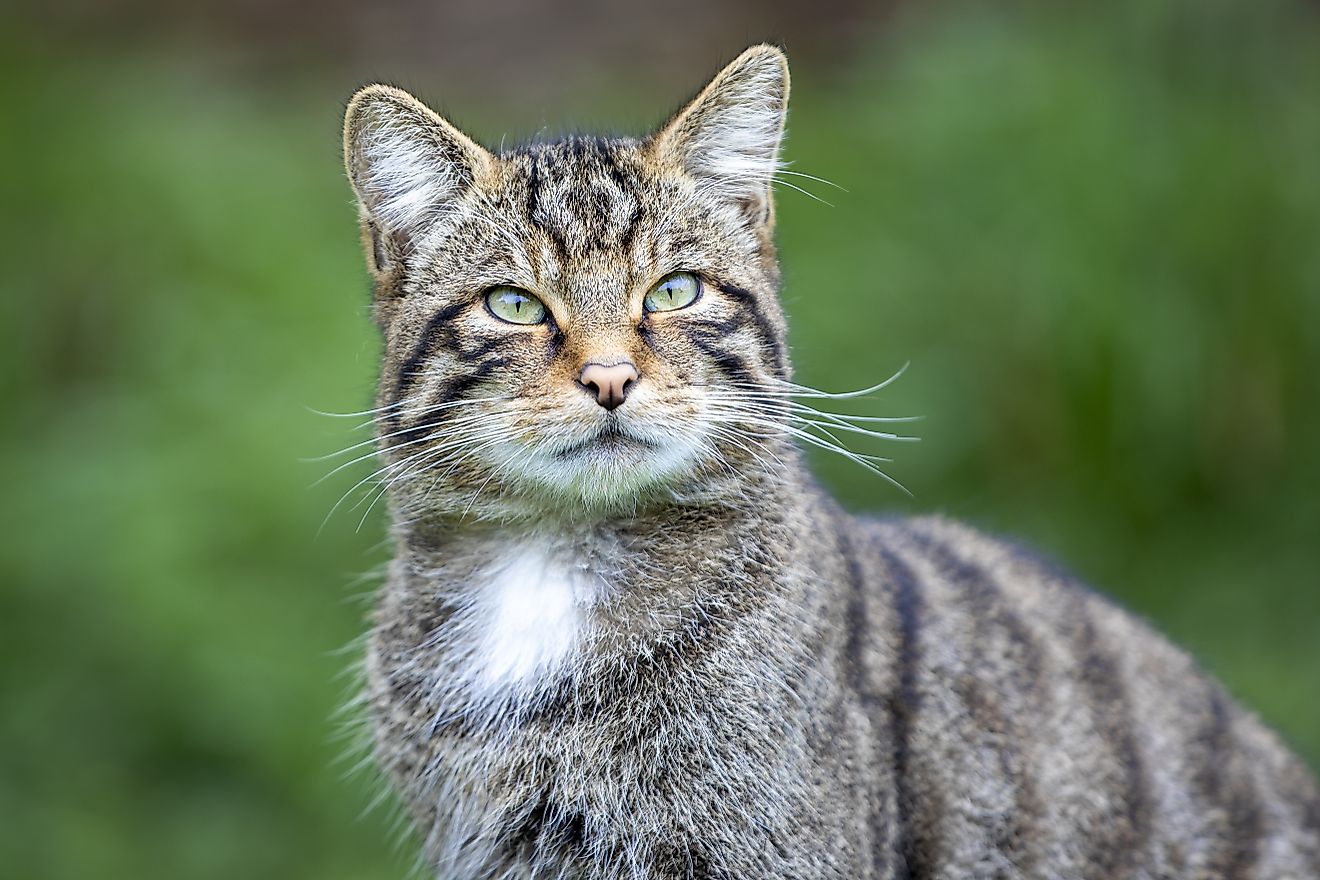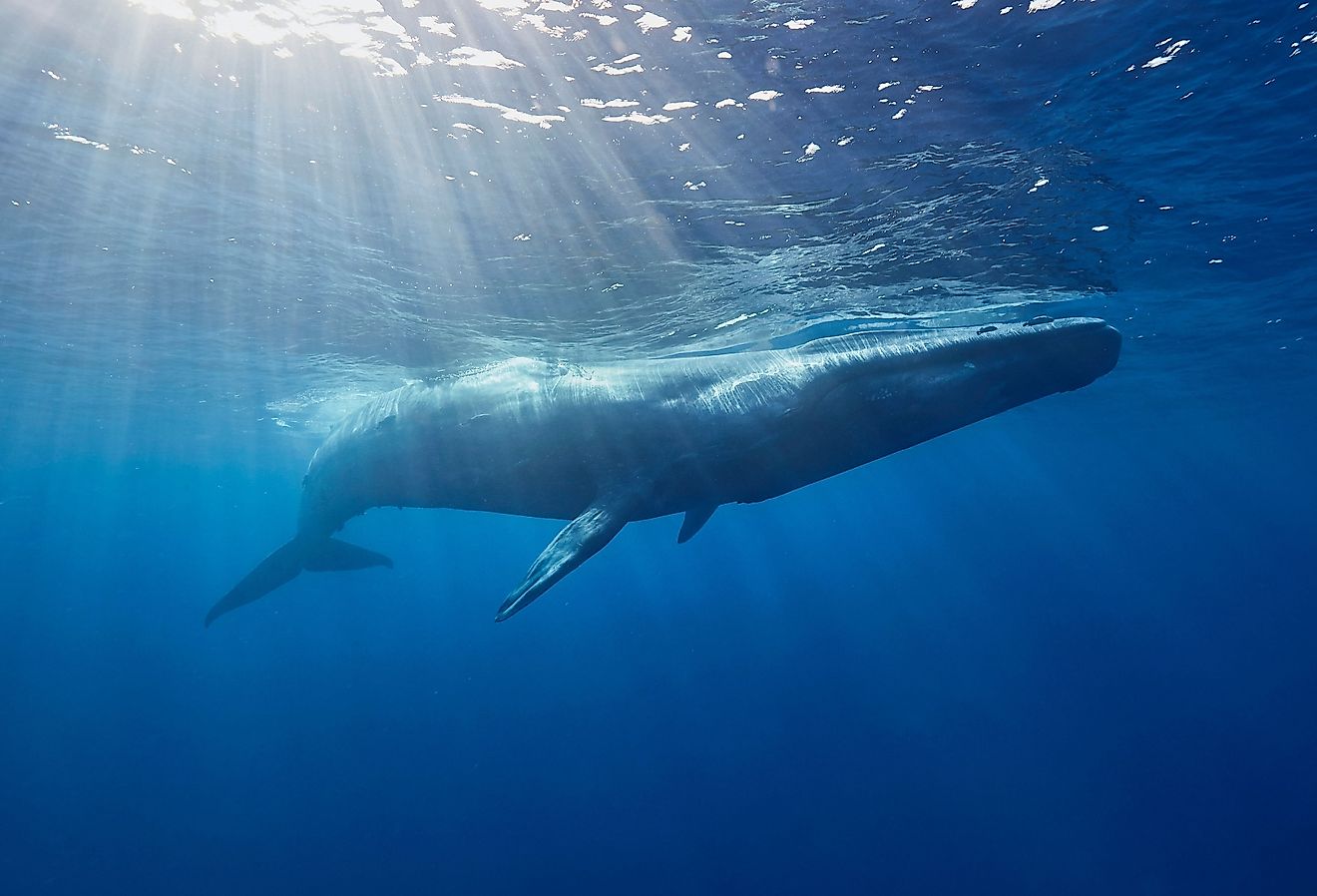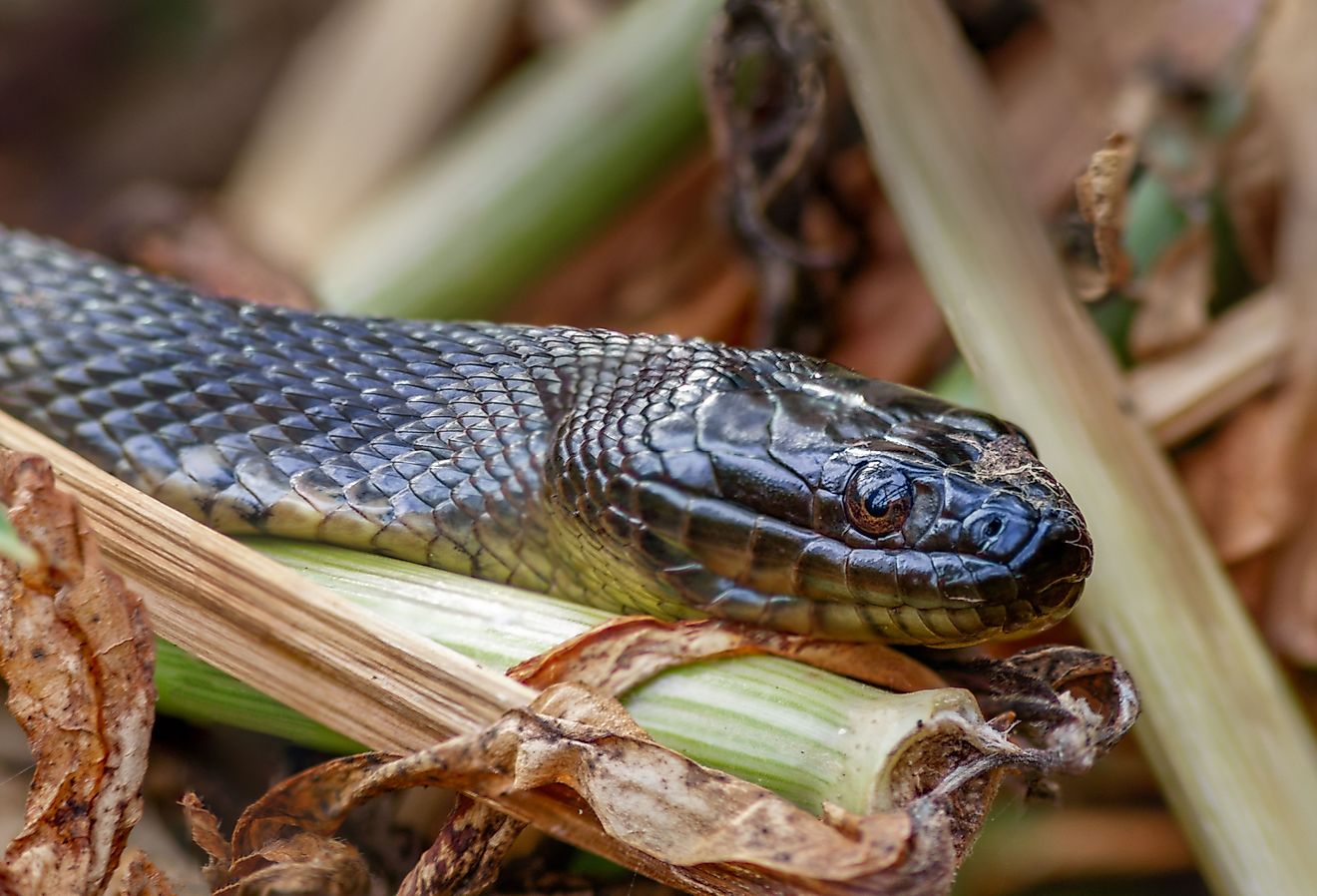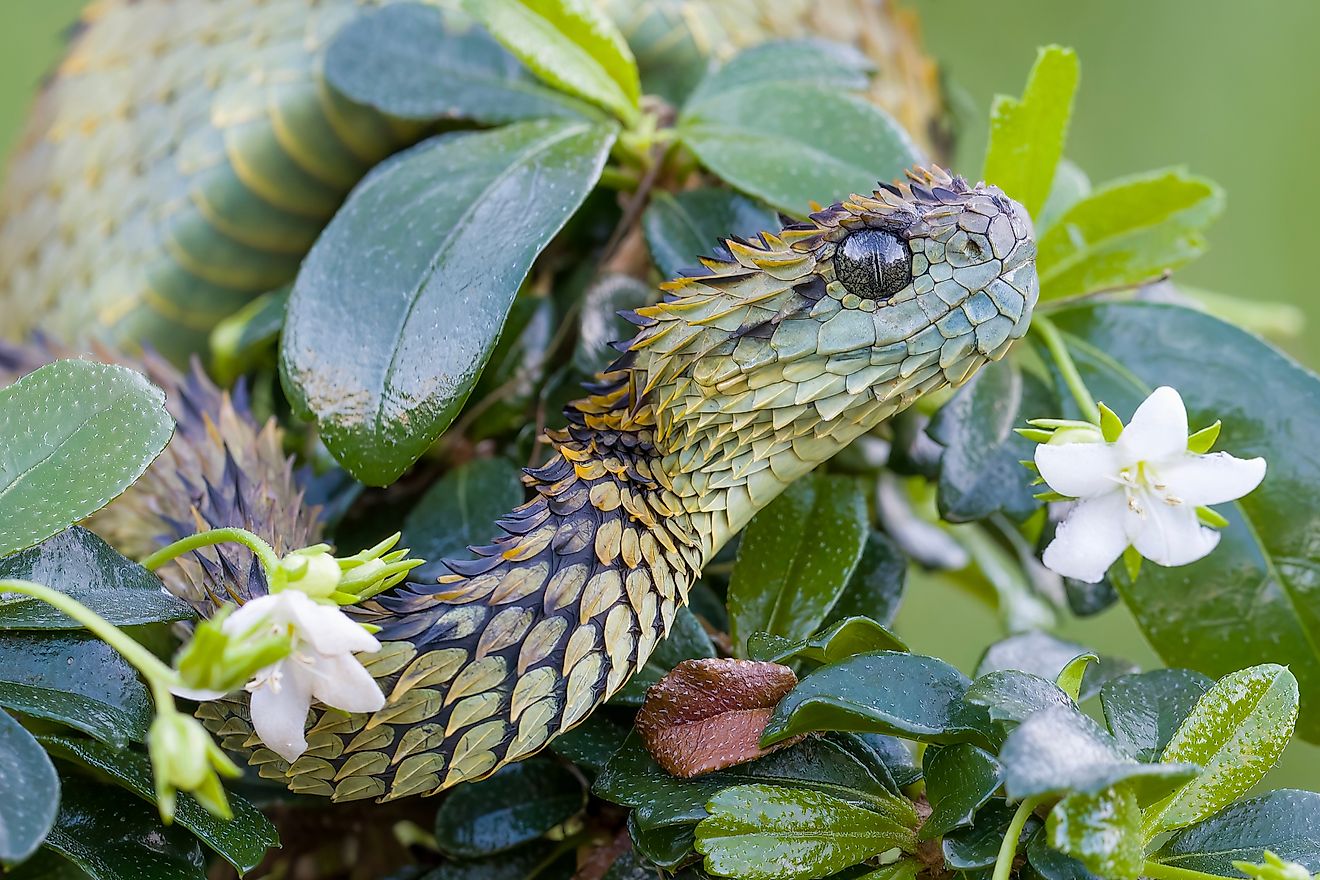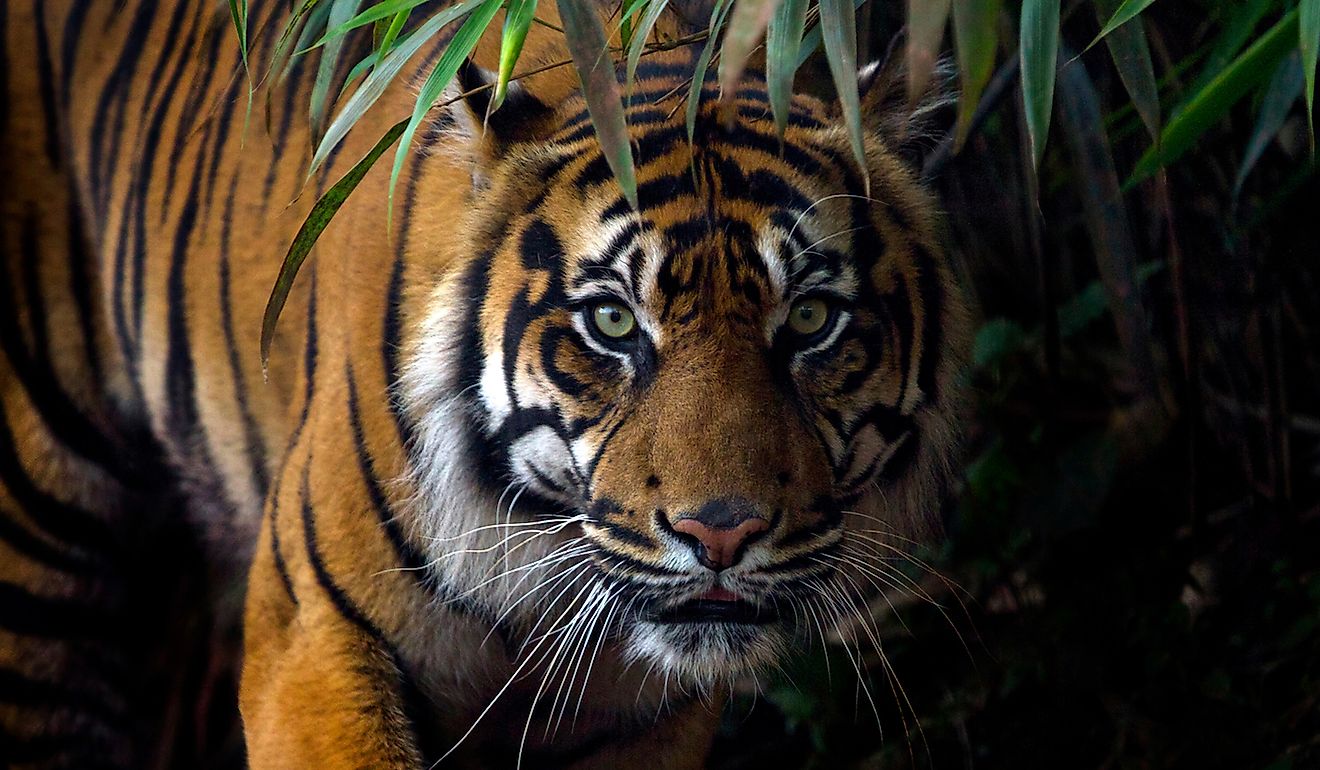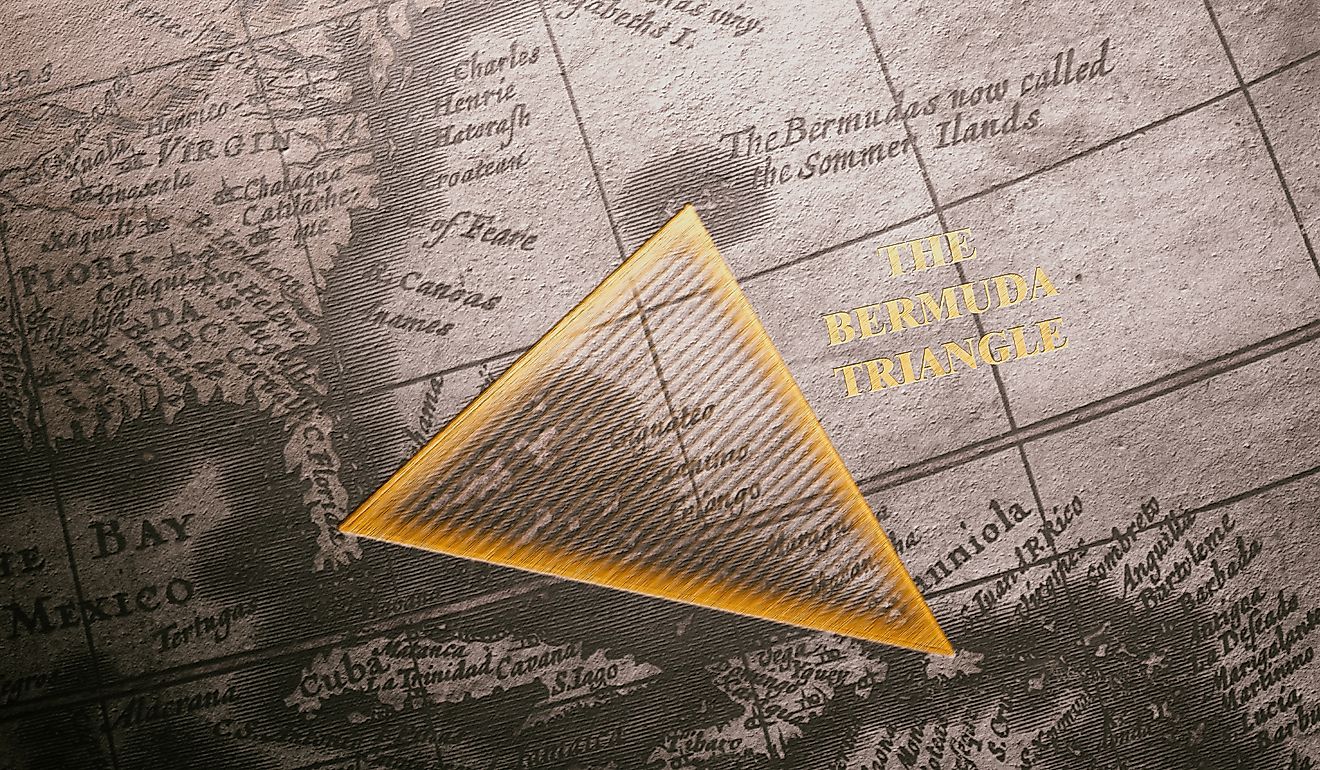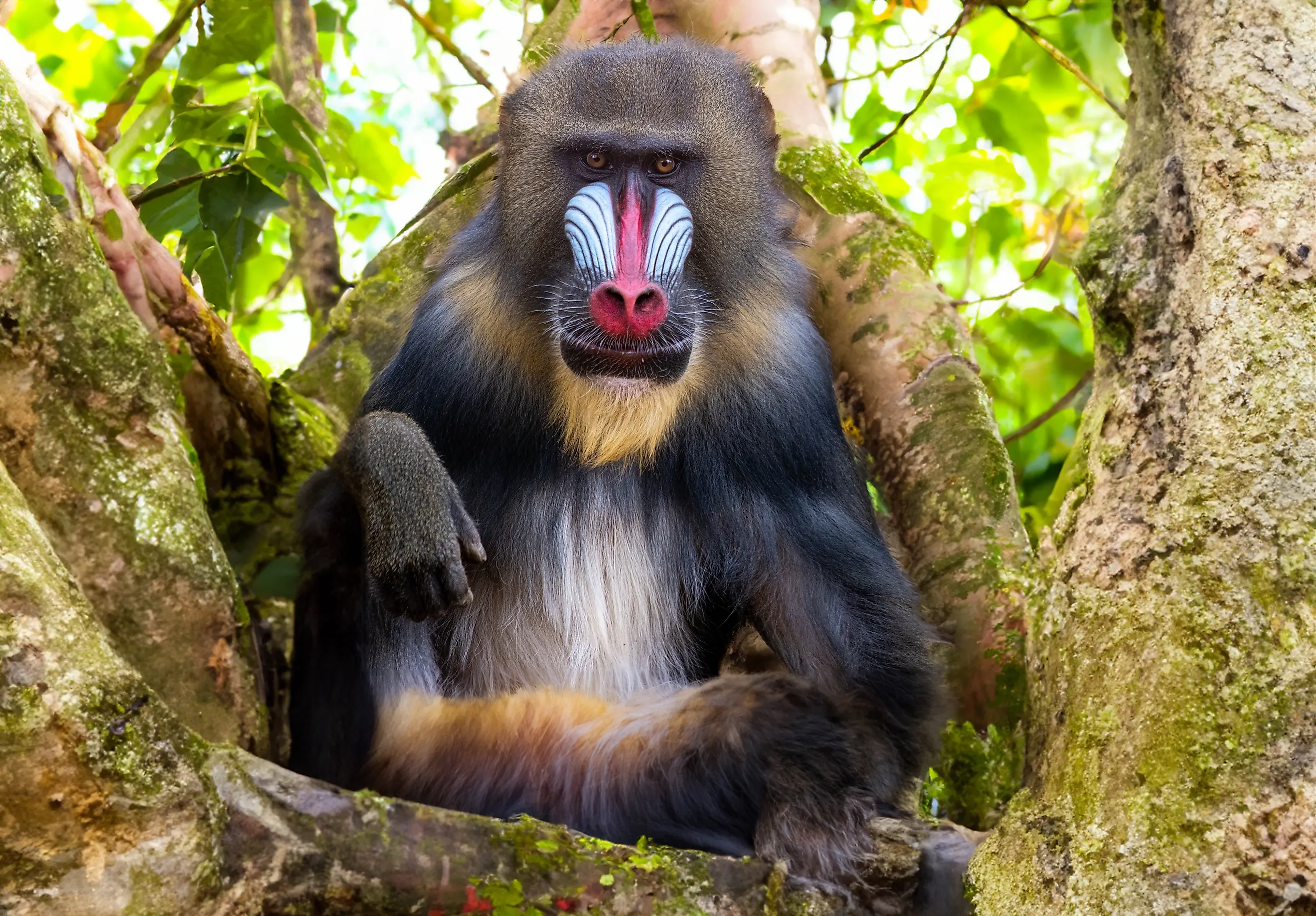
Mandrill
The Mandrill (Mandrill sphinx) is a primate that belongs to the Cercopithecidae family. In appearance, Mandrills resemble baboons. They live in tropical rainforests in Africa, and are listed as vulnerable by the ICUN.
Physical Appearance
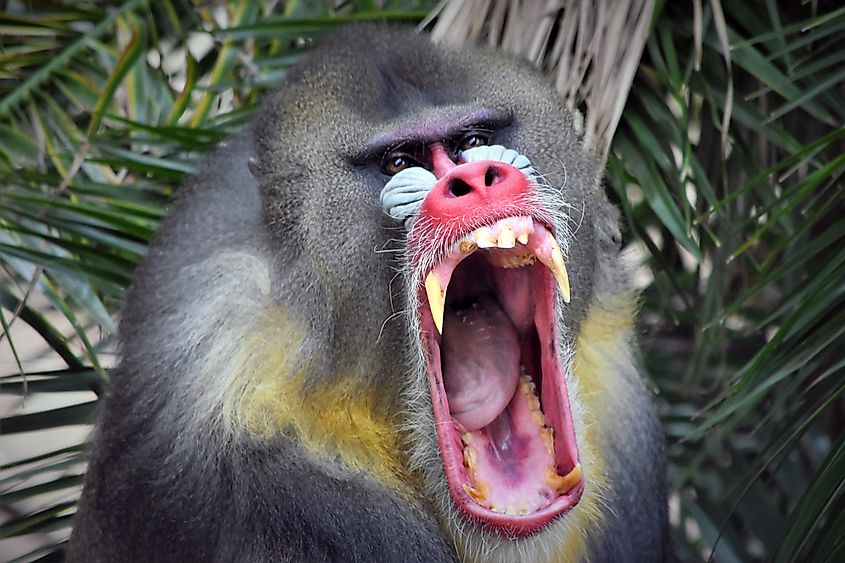
Mandrills possess a dark grey or olive green coat and have a white belly. They lack hair on their faces, featuring an elongated muzzle. The nostrils and lips are red, accompanied by white tufts and a yellow beard. Mandrills exhibit various colors around their anus and genitals, including blue, purple, pink, and scarlet. Males have canine teeth measuring 6.35 cm, while females’ canine teeth are 1 cm long. Both male and female Mandrills possess chest glands that enhance olfactory communication.
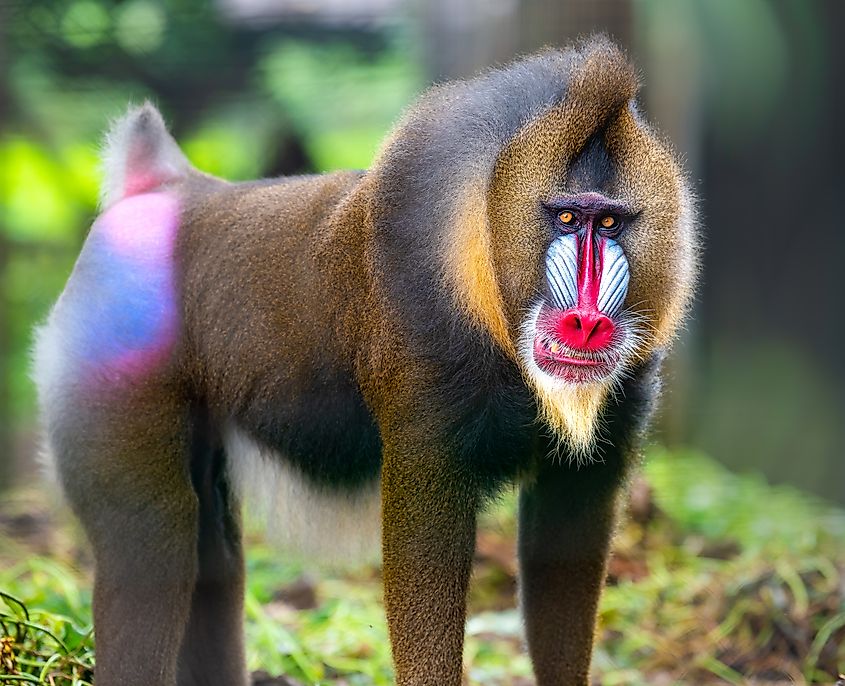
In terms of weight, male Mandrills weigh between 19 kg and 37 kg, while females range from 10 kg to 15 kg. Compared to baboons, Mandrills are shorter and lighter. Males measure from 75 cm to 90 cm in length, whereas females measure between 55 cm and 66 cm. The shoulder height for males ranges from 45 cm to 50 cm, while for females, it is between 55 cm and 65 cm. Mandrills have a short, muscular, and compact body shape, with long, thick front limbs and a very short tail.
Habitat and Range
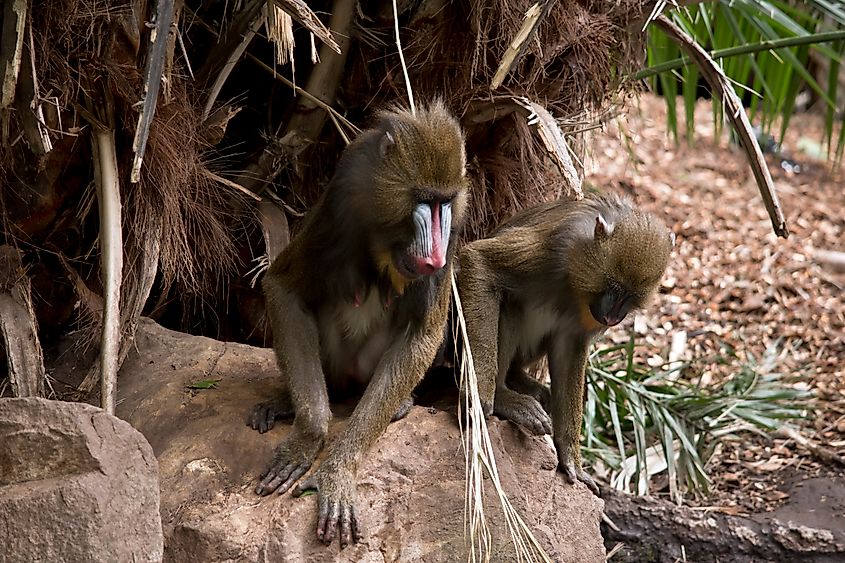
Mandrills inhabit tropical rainforests and also reside in riparian and flooded forests, streambeds, and rocky forests. Additionally, they flourish in grassland regions located within these forested areas.
Mandrills flourish in Gabon, Congo, Cameroon, and Equatorial Guinea. Their distribution is significantly shaped by three rivers that frame their ecosystem: the Sanaga River, Ogooue River, and White River. Research indicates that the Mandrills found in the southern and northern regions of the Ogooue River exhibit genetic differences from other species.
Diet
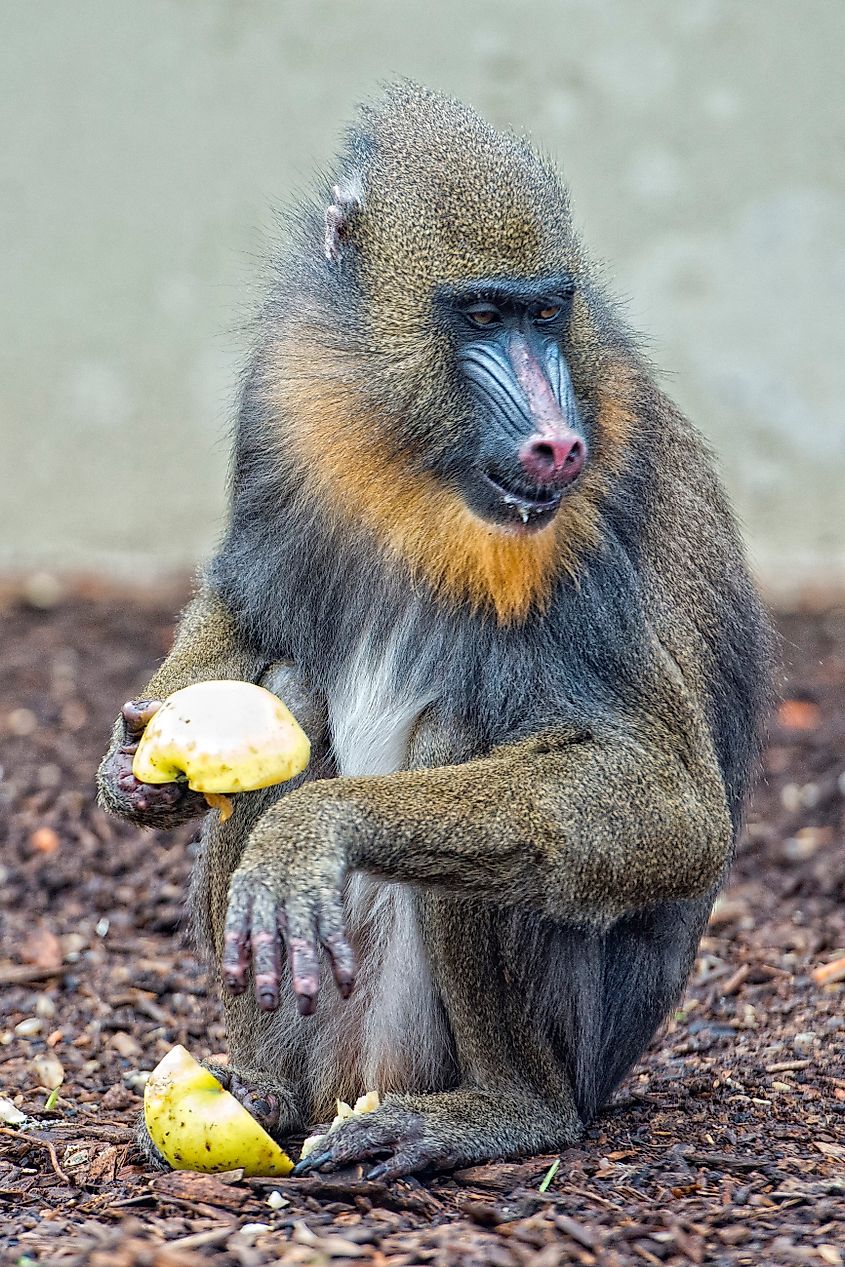
Mandrills are omnivores, consuming a variety of plant species. They enjoy fruits, fibers, and tree bark, along with soil and mushrooms. Their long canine teeth also allow them to adopt a carnivorous diet, preying on tortoises, porcupines, birds, and rats. If opportunity allows, Mandrills will also hunt larger vertebrates such as small antelopes and young Bay duikers. Additionally, they consume invertebrates including spiders, beetles, scorpions, and ants, among others.
Behavior
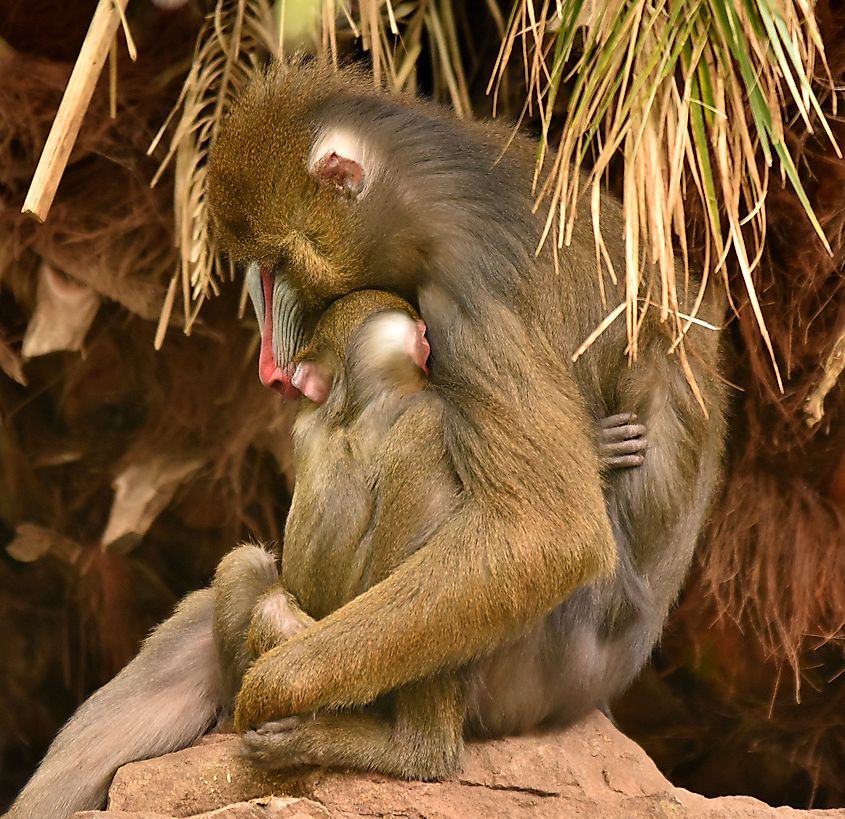
Mandrills live in groups known as 'hordes', which can consist of 615 to 845 individuals. The largest horde recorded had 1,300 mandrills. Males are typically solitary, joining the horde only during the mating period with females, which lasts for three months each year.
Mandrills communicate by presenting a ‘’silent and bared-teeth face’’ with erect head crest. This shows a peaceful style of communication. Mandrills also show that they submissive by presenting their rump. If aggravated, Mandrills bob their heads, stares, and slaps the ground.
Reproduction
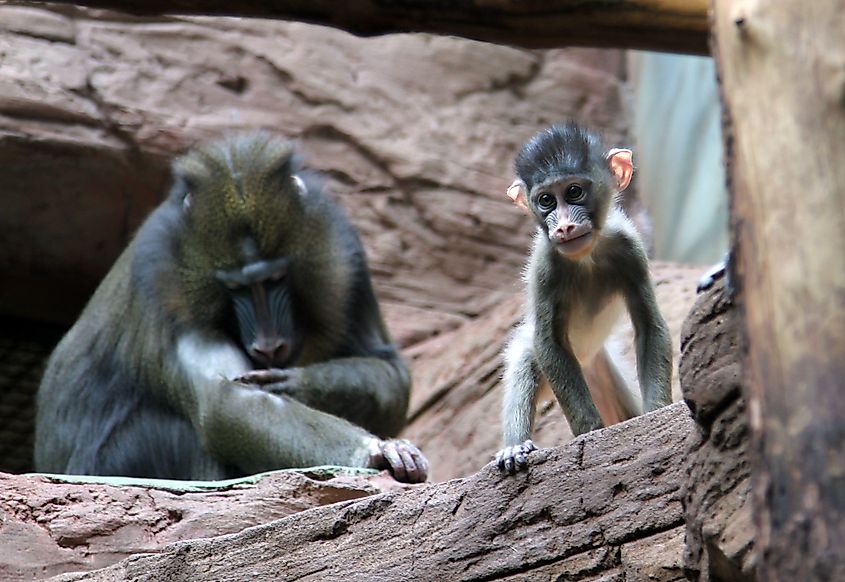
Mandrills mate in the season between June and October. This is the time when the female sexual swellings occur. Mandrills breed once every two years. During estrus, the male guards the female. The dominant males sire off springs. There is also a sexual dominance among the females. Dominant females begin reproduction at earlier ages and have shorter interbirth intervals. Gestation period takes 175 days. Female Mandrills give birth from January to May. In Gabon, most births take place during the wet seasons of January and March.
